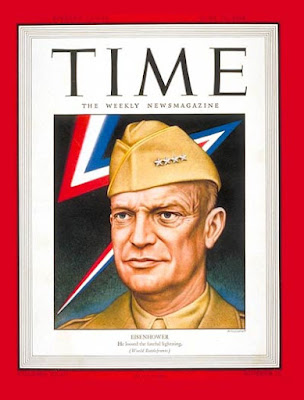V-MAIL
438th AAA AW BN
APO 403 % Postmaster, N.Y.
France
2 July, 1944
Sunday morning 0930
Dearest darling –
After 3 days in a row (I believe) of regular letters – I have to resort to this again – time, as usual, being the factor.
Things are going along well and there’s nothing particular to complain about, dear, except that I grew sad last night while listening to my radio in my tent. I don’t know the name of the song – but one phrase caught my attention and made me wince – “every day we’re apart is a day wasted” – not particularly original, darling, – but it just happened to strike me as being true. Well – I’m positive there’s more behind us than ahead of us and when we’re together, sweetheart – we’ll make each and every day count!
Nothing else new dear to tell you. I love you and have been missing you terribly – but that’s a good sign – isn’t it? Love to the family, regards from Pete who thanks you for your constancy in remembering him. All for now, darling, and
After 3 days in a row (I believe) of regular letters – I have to resort to this again – time, as usual, being the factor.
Things are going along well and there’s nothing particular to complain about, dear, except that I grew sad last night while listening to my radio in my tent. I don’t know the name of the song – but one phrase caught my attention and made me wince – “every day we’re apart is a day wasted” – not particularly original, darling, – but it just happened to strike me as being true. Well – I’m positive there’s more behind us than ahead of us and when we’re together, sweetheart – we’ll make each and every day count!
Nothing else new dear to tell you. I love you and have been missing you terribly – but that’s a good sign – isn’t it? Love to the family, regards from Pete who thanks you for your constancy in remembering him. All for now, darling, and
All my love
Greg
The middle of Page 23 from The Route of the Question Mark tells this:
July 2... St Come du Mont. The 155 mm guns in the adjoining fields made sleep impossible. The mosquitoes were in there fighting, too, and German planes were being knocked down all around us. We never strayed far from our foxholes and we slept in them every night. Farmers were continually driving live-stock through our area and a herd of horses used to gallop around, miraculously avoiding every tent.
July 2... St Come du Mont. The 155 mm guns in the adjoining fields made sleep impossible. The mosquitoes were in there fighting, too, and German planes were being knocked down all around us. We never strayed far from our foxholes and we slept in them every night. Farmers were continually driving live-stock through our area and a herd of horses used to gallop around, miraculously avoiding every tent.













